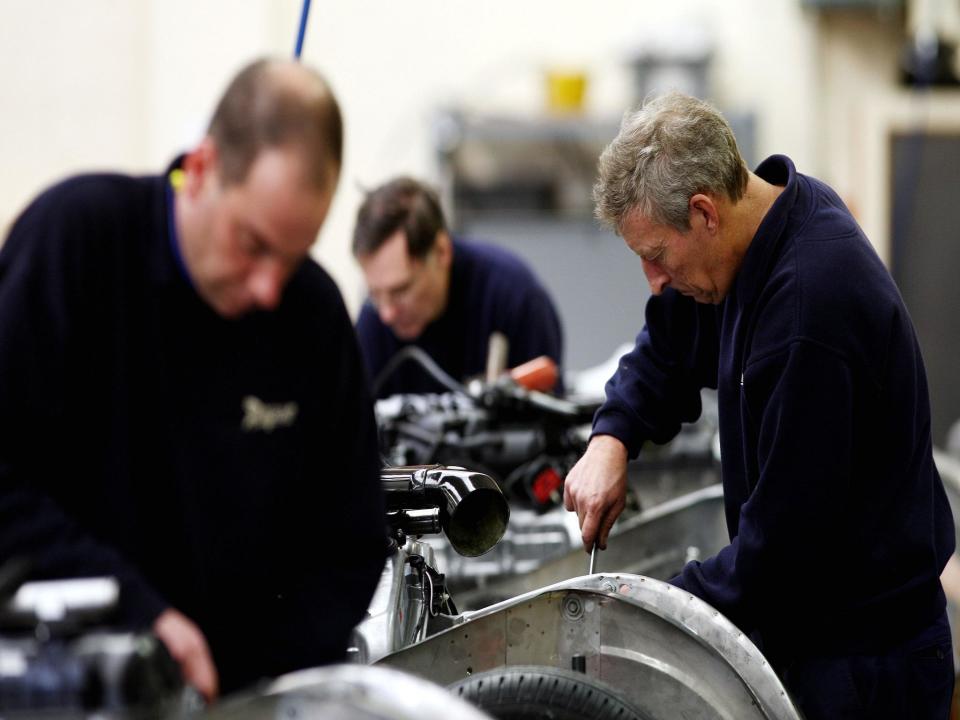UK manufacturing unexpectedly strong in July boosted by exports, finds latest survey

The latest survey snapshot of the manufacturing sector showed an unexpected pick-up in July, powered by exceptionally strong exports.
The Purchasing Managers’ Index rose to 55.1 in the month, higher than the 54.3 recorded in June and better than the 54.4 pencilled in by City of London analysts.
Any reading above 50 signals growth and the long-run average is 51.6.
The data helped lift the pound 0.16 per cent on the day to $1.3232.
IHS/Markit, which compiles the survey, said foreign demand for UK manufacturers’ output rose at the second-strongest rate in the history of the series.
Respondents reported inflows of work from North America, Europe, Asia and the Middle East.

However, the survey data for manufacturing has been notably better than the official data this year from the Office for National Statistics, which recorded a 0.5 per cent contraction in the three months to June.
The manufacturing PMI over that same period was signalling consistent expansion, causing some to question the reliability of the survey as a leading indicator.

Most analysts said the export jump recorded by the survey probably reflected the 11 per cent slump in the pound since the Brexit vote.
“It appears that a combination of the weaker pound and increasing global growth optimism is boosting sentiment amongst firms. It’s also possible that we are seeing a bit of a recovery as the dust settles on the UK election result,” said James Smith of ING.
“The export orders balance tends to lead the official export output data by about six months, so the balance tentatively suggests that net trade will finally start to support GDP growth around the turn of the year,” said Samuel Tombs of Pantheon.
Overall GDP growth was 0.3 per cent in the second quarter of 2017 according to the ONS, only a modest improvement on the 0.2 per cent growth in the first quarter.
The Bank of England will decide on Thursday whether or not to raise interest rates from their current historic low of 0.25 per cent.
Most economists currently expect no change in light of the weakness of GDP growth and wage increases.

 Yahoo Finance
Yahoo Finance 